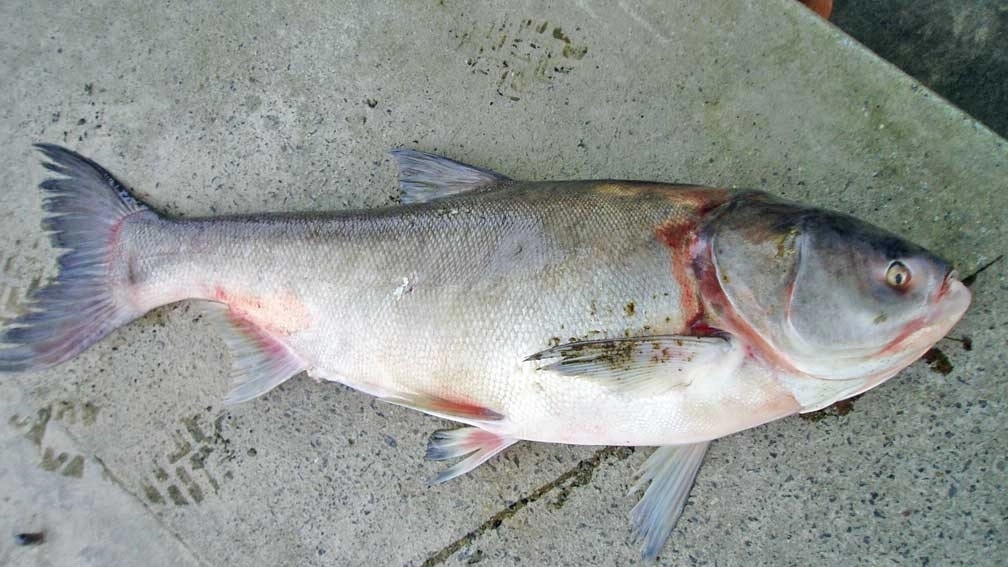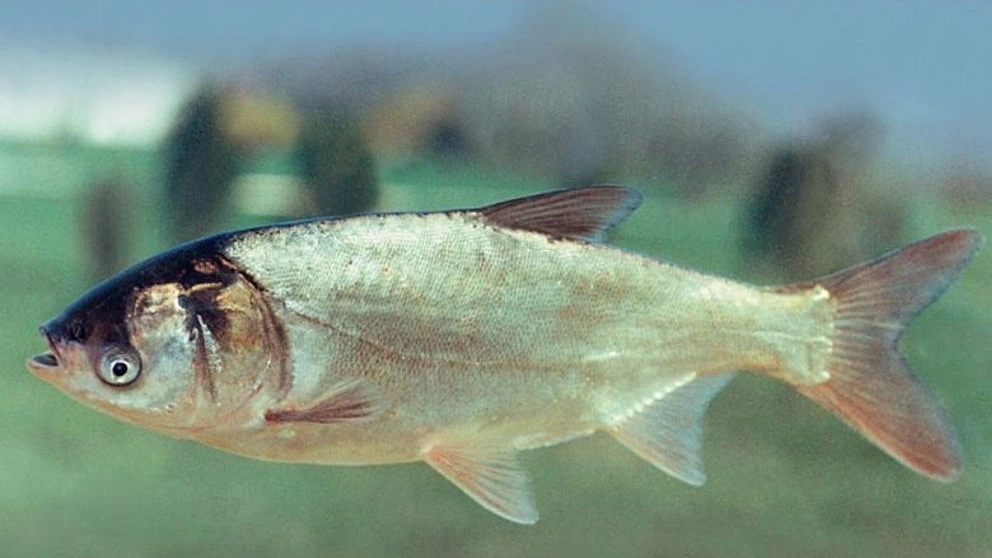History
Amur is a fish of adult rays, order of carp fish, family of carp fishes, and subfamily of carp. Amur is a relatively large, herbivorous fish that lives in fresh water. Amur has the largest number of farmed fish in the world. More than five million tons of Amur are grown annually in the world. This fish naturally lives in the fresh waters of East Asia. Once upon a time in China, Fumble Emperor's name was accidentally pronounced in Chinese exactly like the word carp; (the only fish that was bred until then) by the order of the royal family, it was forbidden to sell and kill this fish, and as a result, the aquaculturists began to breed amur fish, silver carp, big head carp, and black carp. brought. Amur breeding was done on a smaller scale due to the need to supply natural fry.
Distribution
The distribution of this fish from the north of Vietnam in the Amur river on the border of China and Siberia. This fish can be used for breeding and feeding like in Asian countries and also to control the growth of marine plants like in European countries and the United States of America. This fish lives in big rivers, muddy water and in wetlands. They can withstand a wide range of temperature variations. They are physiologically ready to reproduce at a temperature of 20 to 30 degrees Celsius and reproduce. Amur breeding began in the Yangtze and Pearl rivers in southern China. Amur breeding started much later than common carp. According to historical studies, the cultivation of Amur began in 618-904 BC (the exact date is not correct) by the order of the then ruler of China.
Amur breeding in today's world
But today, with the advancement of technology and the invention of various reproduction methods, this problem has been solved. This fish is now produced and reproduced in 40 countries. In some countries, it is called white matter. Since 1999, the production of Amur has never been below 3 million tons per year. Today, China is the largest producer and distributor of things in the world, which according to the statistics taken in 2002, held 99.7% of the world market of things. Amur is a native freshwater fish of China, which is spread from areas in the Pearl River in the eastern parts of China to the northern parts of China in the Heilong River.
Artificial breeding Amur
In breeding conditions, Amur can be well fed with extracts, concentrates, plant oils and pellets, in addition, you can also feed them grassy plants, types of sea plants and dried bushes of different types of land plants. Added the title of supplementary food. Amur usually lives in the middle-downward parts of the water column. They prefer clear waters and have a low swimming speed.

Amur
After fertilization, the fish gametes are transferred to special chambers to hatch. There are 1 million eggs per cubic meter in each of these chambers. After twenty-four hours, small larvae-like amurs are formed in these chambers, which still carry their yolk sac with them at this stage. After 3-5 days, this pre-larva uses the contents of the bag and enters the real larva stage.
Sale of Amur Fish on the World Market
The global production of Amur fish in 1950 was estimated to be only 10,527 tons in the world; By 2002, this number increased to 3,572,825 tons! A 339-fold increase over 52 years, which accounted for 15.6% of all freshwater fish produced in the world. The global value of Amur trade in the year was 2.29 thousand billion dollars, this increase in value was an average of 7.5% per year and the years when this trade declined was due to the decline in the value of the Chinese currency unit against the US dollar.
Amur
In dense breeding, Amur is concentrated in the upper levels, in pools with a diameter of ten meters and a depth of 1.5 meters, 250 to 500 grams of fish are kept in an area of about 10-20 cubic meters. These fish are fed with grass and sea plants and pellets or other artificial foods. The length of this breeding period is about 8-10 months and the harvest is about 30-50 kg.


